Oleander
#oleander #oleander #mediterranean #flowers #shrub #garden #gardener #landscape
Oleander, scientifically known as Nerium oleander, is a flowering plant native to the Mediterranean region. Its history dates back to antiquity and it is associated with many legends and traditions.
Let’s find out more together…
oleander
The oleander takes its name from the resemblance of its leaves to those of the laurel. It is a sacred tree in Greek and Roman mythology. The god Apollo was often represented crowned with laurels, which helped to reinforce the symbolism of the plant in the collective imagination. The famous laurel wreath!!!
The plant itself has a long history in the Mediterranean region. Archaeological evidence tells us that oleander was cultivated in ancient Mesopotamia over 4,000 years ago. It was also planted in ancient Egypt and is mentioned in ancient Greek and Roman texts.
Over time, the oleander spread to other parts of the world through trade and colonization. It was introduced to Western Europe by the Arabs in the Middle Ages and gained popularity as an ornamental plant in gardens and parks.
Hazard?
Let’s be careful all the same… He is very handsome, but he is toxic.All of its parts contain compounds called cardenolides, which can be harmful to humans and animals if ingested.So, no need to think of any salad with its leaves… 😜And it is even better to cut it or handle it with gloves.But what we especially remember about it are its abundant flowers and its ability to thrive in hot and dry climates. It is often used in Mediterranean gardens and coastal landscapes, where it adds a touch of color and beauty.It is also very easy to grow even if you have to grow it in pots in slightly cooler regions, north of the Loire where it must be brought in in winter.
The varieties ?
There are several varieties of Nerium oleander that differ in characteristics such as color, plant size, and leaf shape.Yellow flowers, anyone? ‘Soleil d’Or’ has bright yellow flowers.’Madame de Lucien’ is not the neighbor, it is another variety appreciated for its pale pink flowers and its compact growth.’Petite Salmon’… Lost, it’s not the neighbour’s son either! This is a dwarf variety with salmon pink flowers. The plant usually reaches a height of 1-1.2 meters.’Album’! A white flowering variety that is often used in gardens to create a neutral background.’Calypso’, how pretty!!! It has double dark pink flowers.’Splendens’, splendid that one! With bright red flowers.We end with ‘Variegatum’. As its name suggests, it has variegated leaves, with areas of cream or yellow color on the green foliage.As you can imagine, there are still tons of them… To discover according to your desires…
And the culture?
Oleander can be grown in the ground in regions with a Mediterranean climate, where winter temperatures do not fall below 0°C. Choose a full sun location where the plant will receive at least 6 hours of direct sunlight per day. Make sure the soil is well-drained, as oleander does not like waterlogged soil.During the first year of growth, water regularly to help the plant establish itself. Once in place, oleander is fairly drought tolerant.You can prune the oleander to control its shape and size. Pruning can be done in the spring before new growth. Wear gloves and prune back the previous year’s shoots by about half.If it is in a pot, you can apply a fertilizer in the spring to promote flowering.In areas where winter temperatures can drop below 0°C, you will need to protect the oleander from the cold. Cover the plant with an overwintering veil or move it to a sheltered location, such as a greenhouse or conservatory.In a pot or in the ground, it’s still an easy plant!

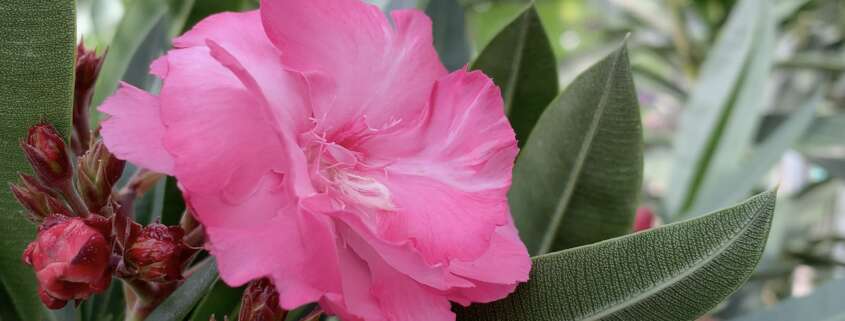
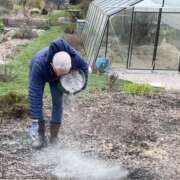
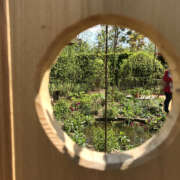
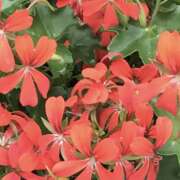
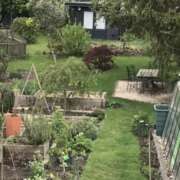
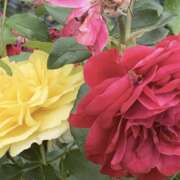
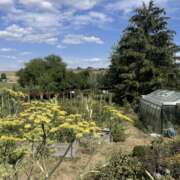
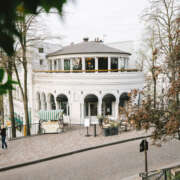 crédit photo Joaquim Tournebize/zepros
crédit photo Joaquim Tournebize/zepros 

Leave a Reply
Want to join the discussion?Feel free to contribute!